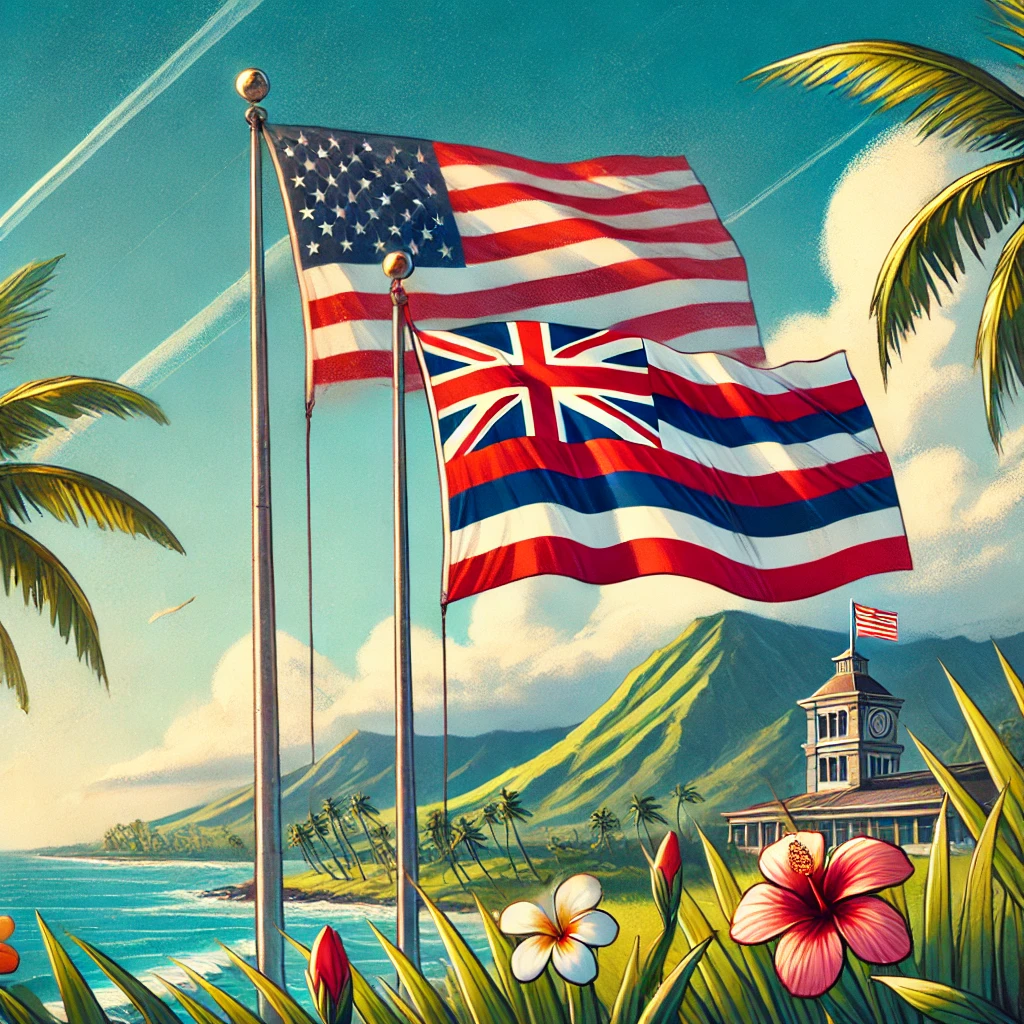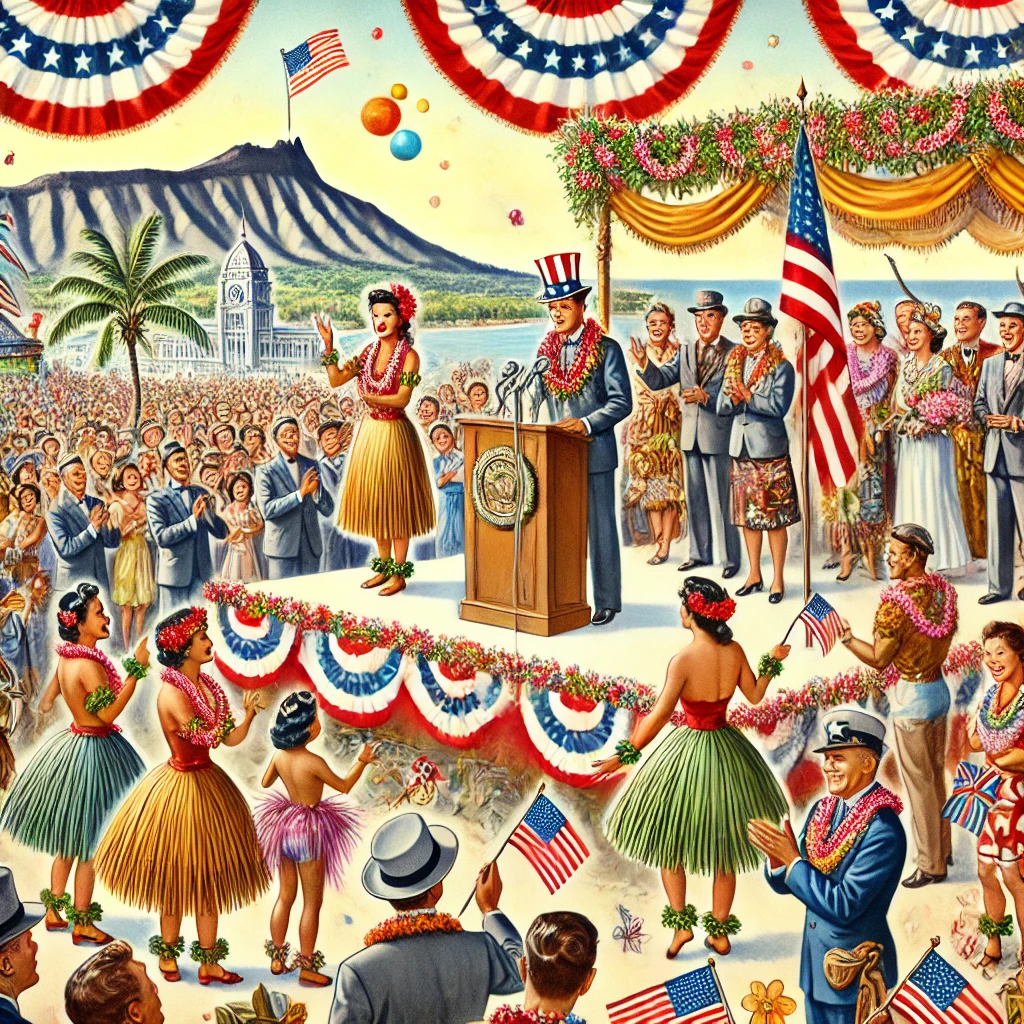On August 21, 1959, Hawaii officially became the 50th state of the United States. The journey to statehood for Hawaii was a complex process influenced by its unique geographic, cultural, and historical context. The push for statehood began in earnest during the early 20th century, with growing local support for greater political integration and representation within the United States. The desire for statehood was fueled by Hawaii’s significant contributions during World War II and the post-war economic boom.
Hawaii’s path to statehood was marked by a series of legislative and political milestones. The Hawaiian Islands were first annexed by the United States in 1898 through the Newlands Resolution, and in 1900, Hawaii became a U.S. territory. Over the following decades, local leaders and residents advocated for full statehood, seeking the benefits and responsibilities that came with being a part of the union. The efforts culminated in the passage of the Hawaii Admission Act in 1959, which was approved by a popular referendum and signed into law by President Dwight D. Eisenhower.

The Significance of Statehood
The admission of Hawaii as the 50th state was a landmark event in American history, marking the completion of the continental expansion of the United States. Hawaii’s statehood had profound implications for both the islands and the nation as a whole. For Hawaii, becoming a state meant increased political representation, economic development, and integration into national policies and programs. The transition from a U.S. territory to a state allowed for greater self-governance and participation in the democratic process.
The inclusion of Hawaii as a state also reflected the diverse and evolving nature of the United States. The islands brought a unique cultural and geographic perspective to the union, contributing to the rich tapestry of American identity. Hawaii’s diverse population, vibrant traditions, and strategic location in the Pacific added valuable dimensions to the nation’s character and global presence. The state’s strategic importance was further highlighted during the Cold War era, given its location in the central Pacific.

Celebrating the 50th State
Hawaii’s admission into the Union was met with widespread celebration and enthusiasm across the islands and the mainland. The event was marked by various ceremonies and festivities that celebrated the cultural heritage and unique identity of Hawaii. The statehood celebrations included parades, concerts, and public gatherings, reflecting the pride and joy of the residents who had long awaited full statehood.
Today, Hawaii’s status as the 50th state is commemorated annually with Statehood Day celebrations and various cultural events. The state’s unique history and contributions to the United States are honored and remembered through educational programs, historical landmarks, and cultural festivals. Hawaii’s diverse culture, natural beauty, and strategic importance continue to make it a vital and cherished part of the United States.

August 21, 1959, remains a significant date in American history, marking the day Hawaii joined the Union as the 50th state. The event not only completed the geographical expansion of the United States but also enriched the nation with Hawaii’s unique cultural and strategic contributions. The legacy of Hawaii’s statehood is celebrated as a testament to the enduring spirit of inclusion and diversity within the American fabric.
